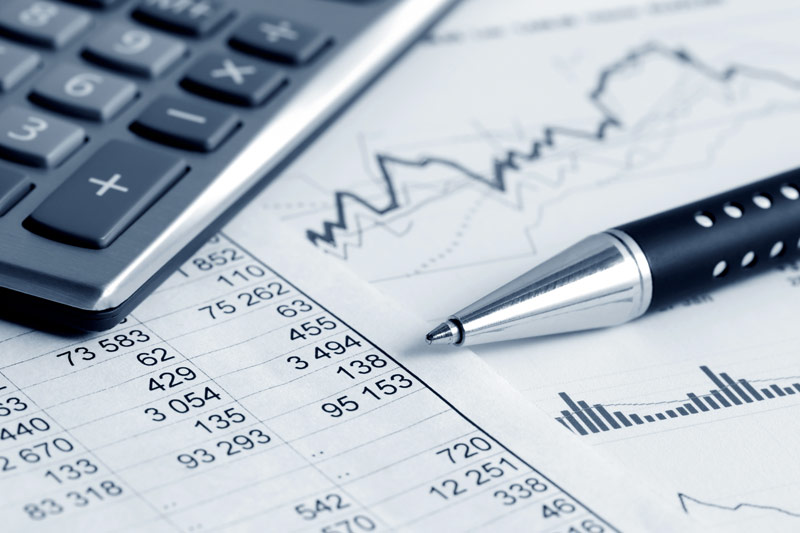 Atlanta Fed’s Bostic: Rate hikes can continue for several more quarters
Atlanta Fed’s Bostic: Rate hikes can continue for several more quartersJACKSON, Miss. (Reuters) – The Federal Reserve can continue raising interest rates for at least the next several quarters amid low unemployment and no sign inflation is about to take off, Atlanta Federal Reserve bank president Raphael Bostic said on Thursday.
Bostic, a current voter on economic policy who has been wavering on whether the Fed should raise interest rates one or two more times this year, did not lay out an explicit expectation for the Fed’s remaining policy meetings in 2018.
But he said recent strong growth, consumer spending, and other data mean the current “gradual” pace of rate increases can continue.
“When the economy is doing well and standing on its own, as it is now, I think monetary policy ought to be moving toward a neutral stance,” versus rates low enough to still be deemed “accommodative,” Bostic said. “For me, this means a gradual increase in nominal interest rates over the next handful of quarters.”
The United States is “at, or at least very close to, full employment,” Bostic told the Mississippi Council on Economic Education, and “there is little evidence to suggest that inflation is accelerating materially beyond,” the Fed’s two percent target.
Weaker-than-expected consumer inflation data released Thursday buttressed the notion that, for now, the Fed is in a position to continue a steady, roughly once-a-quarter, tightening of economic policy without much risk that quicker price rises will force policymakers to move faster as well.
Investors expect a rate increase when the Fed meets later this month, and again in December, according to data from the CME Group (NASDAQ:).
The September Fed meeting will include the release of fresh economic and rate projections that will indicate if the recent pickup in growth, continued low unemployment and firmer inflation data have begun to shift sentiment at the central bank toward a higher or longer tightening of monetary policy than is currently expected.
Part of that calculation rests on estimates of how officials estimates the “neutral” rate of interest that is neither encouraging nor discouraging economic activity.
The issue has been the subject of renewed debate and uncertainty at the Fed. Bostic has said he thinks the neutral rate is around 2.75 percent, a level that would be reached after three more rate increases.
The trade debate remains a risk, Bostic said, citing a recent Atlanta Fed survey in which a third of the manufacturing businesses said they were reassessing investment plans because of the uncertainty around trade and tariffs.
But, citing continued “robust” growth, he said the “tariff worries have had only a small negative effect on U.S. business investment so far.”
Fusion Media or anyone involved with Fusion Media will not accept any liability for loss or damage as a result of reliance on the information including data, quotes, charts and buy/sell signals contained within this website. Please be fully informed regarding the risks and costs associated with trading the financial markets, it is one of the riskiest investment forms possible.
Source: Investing.com




























